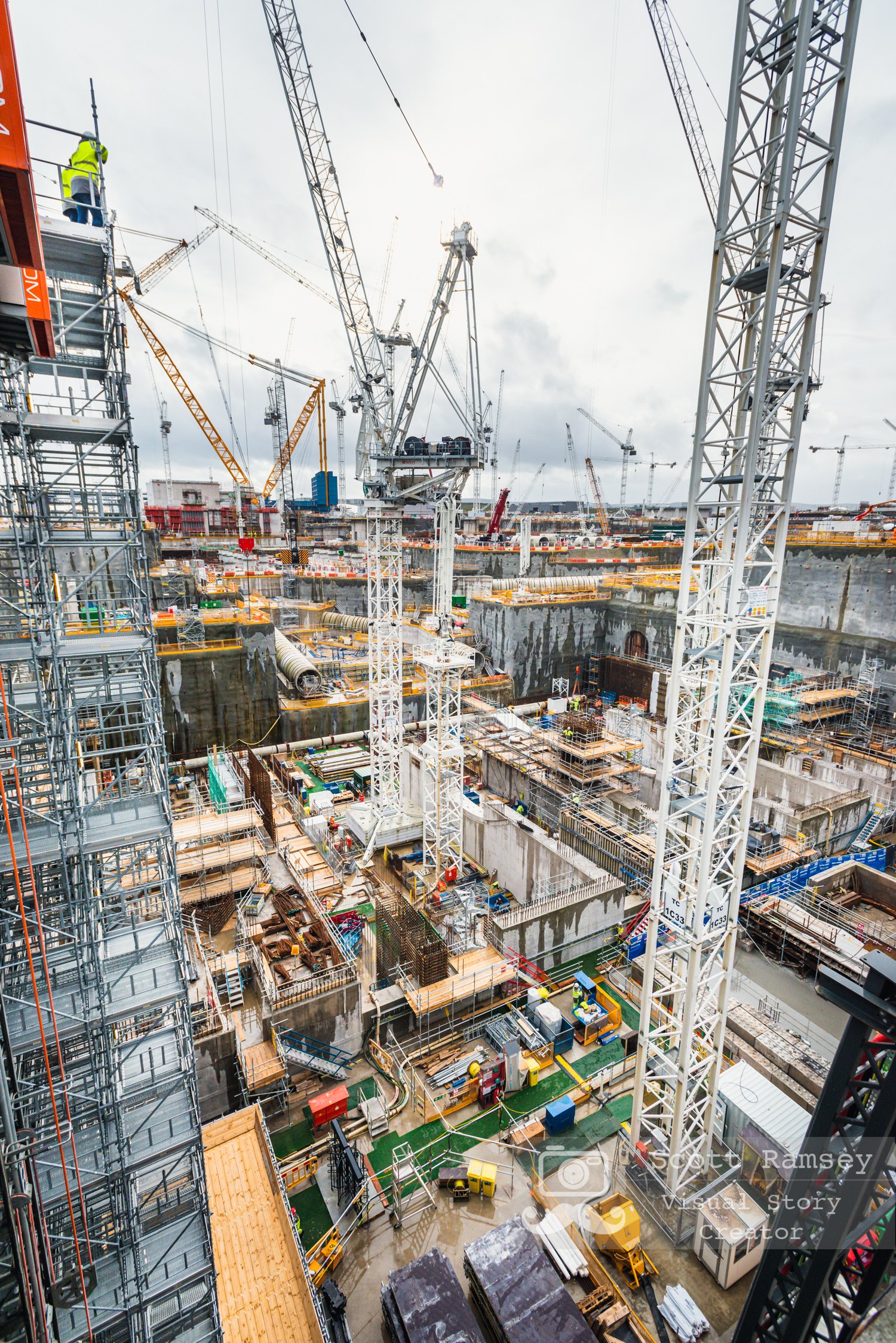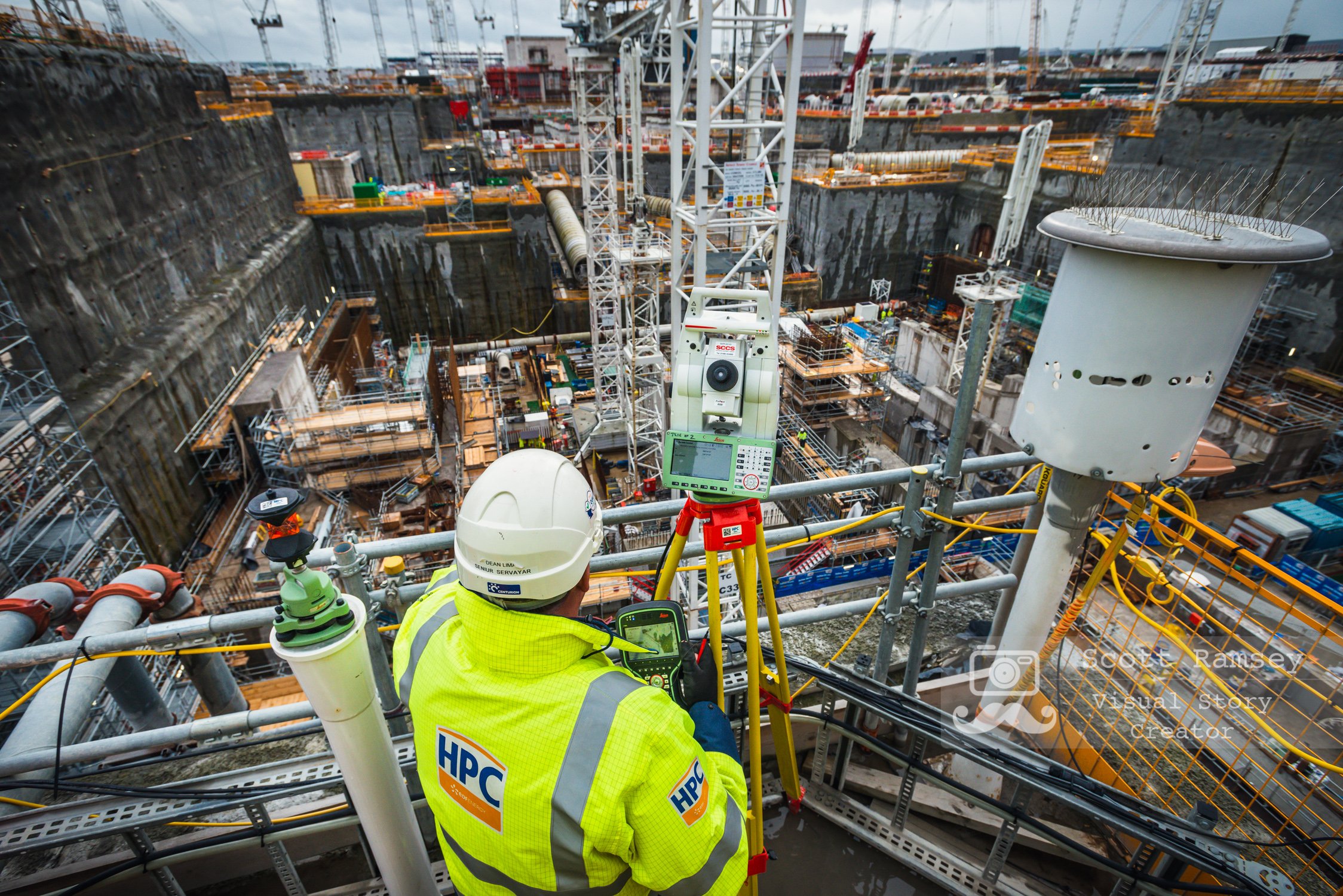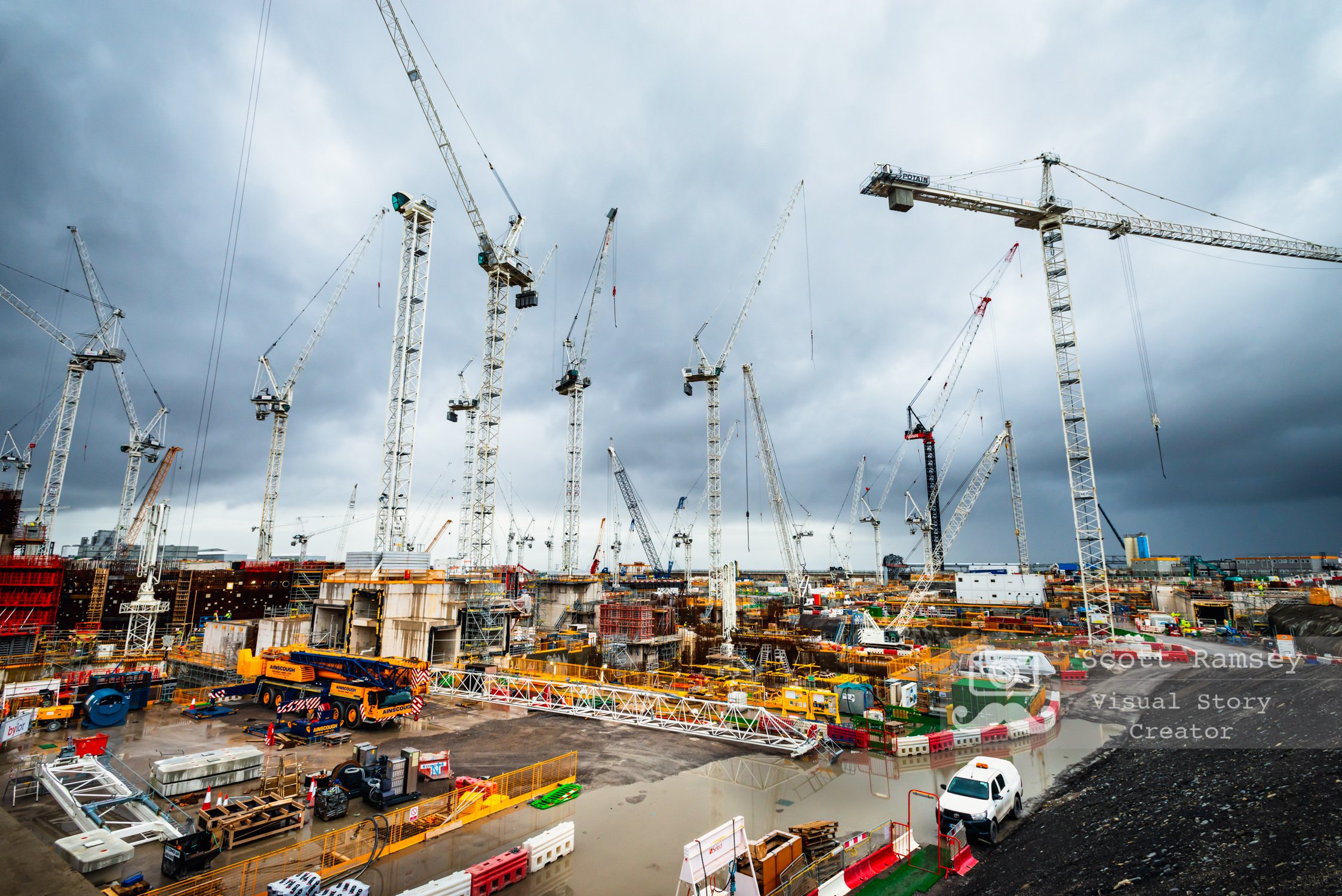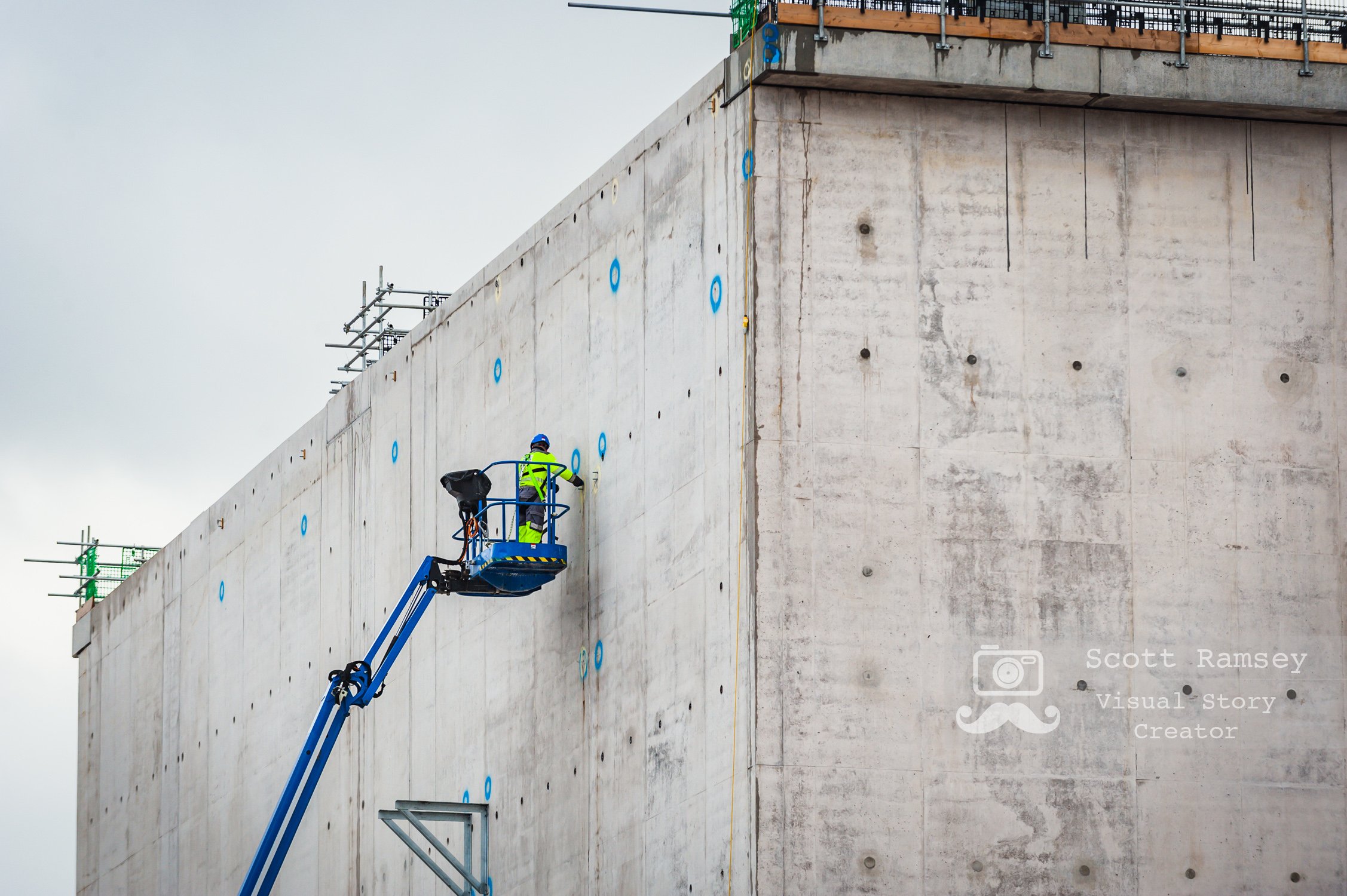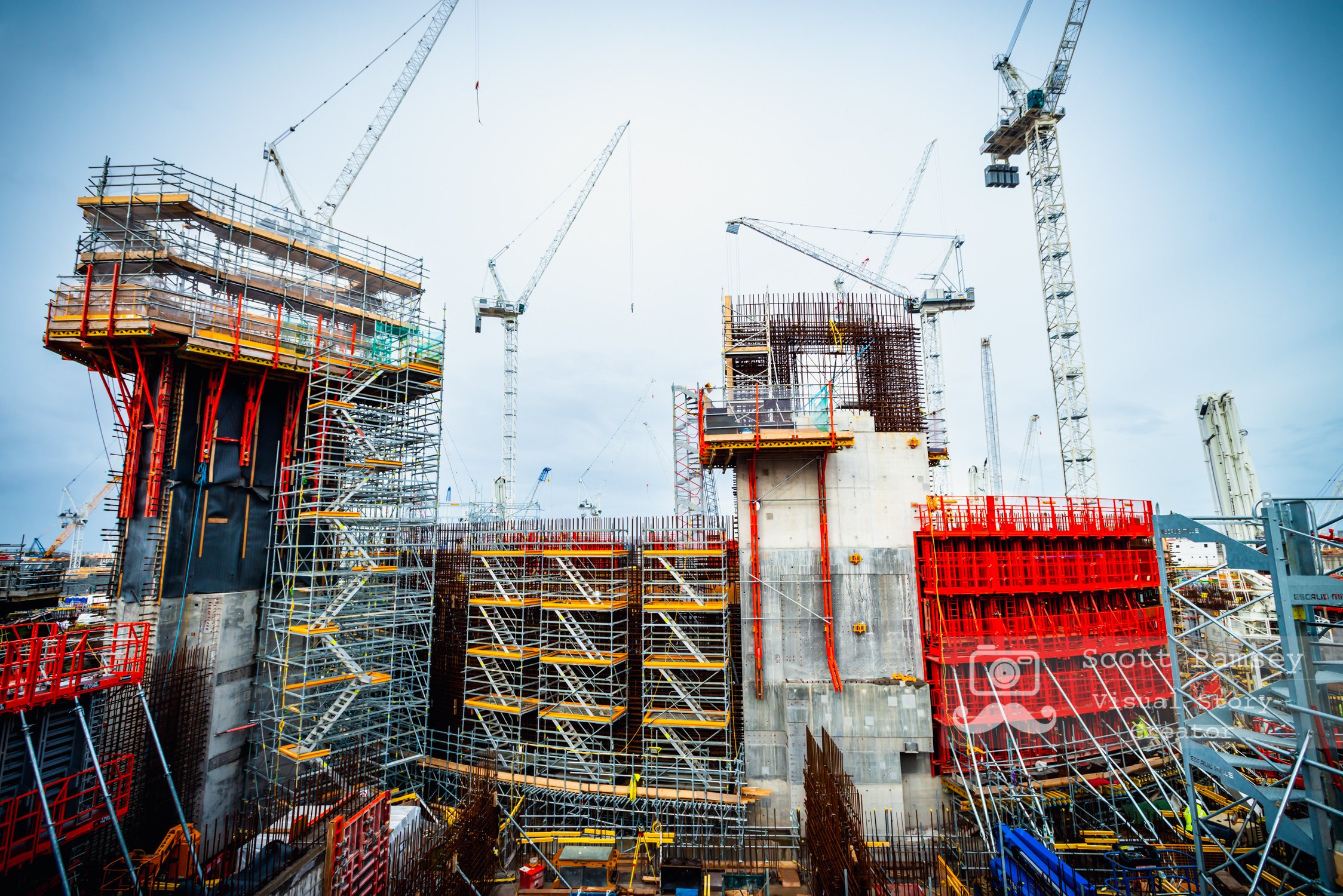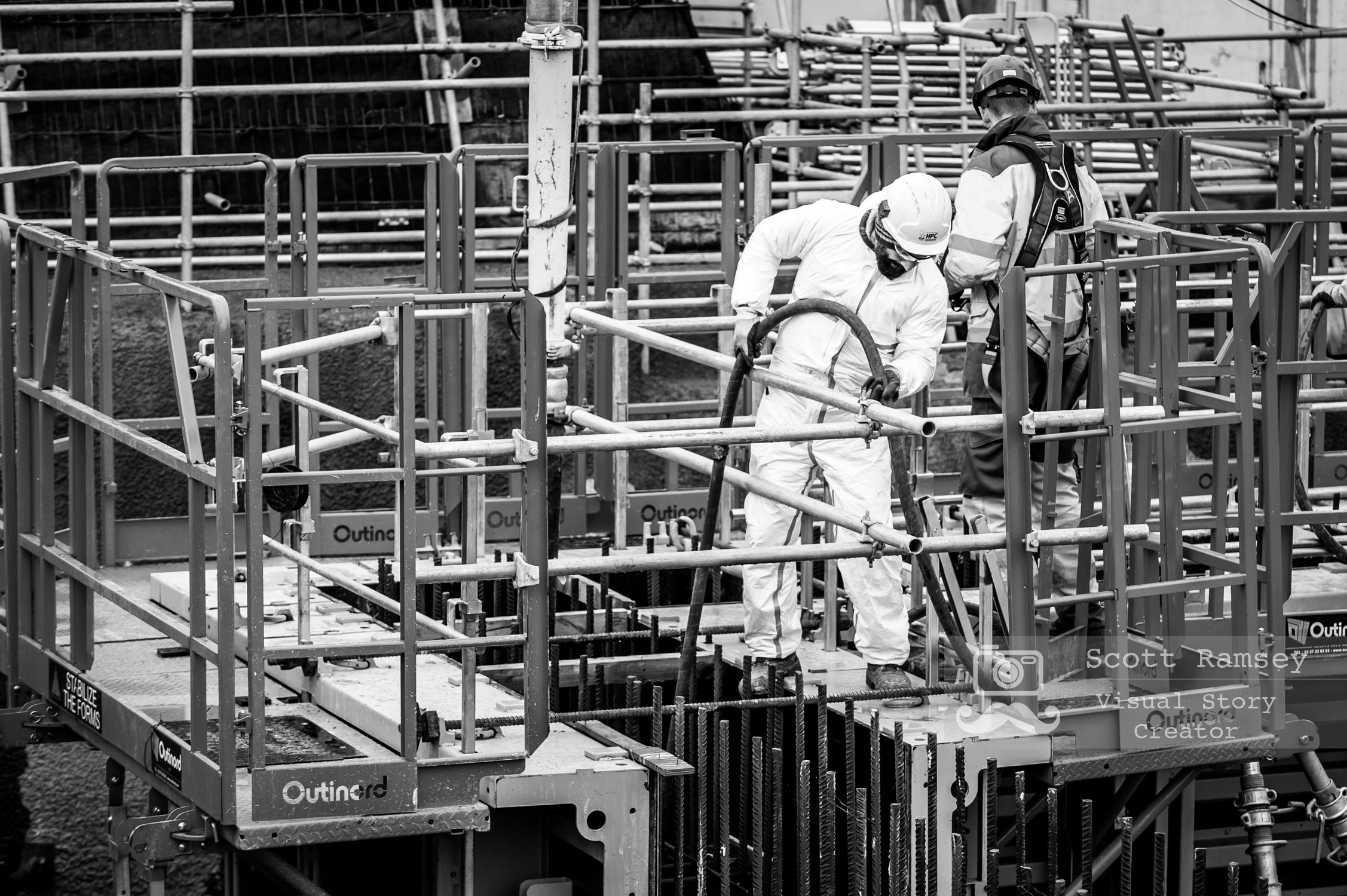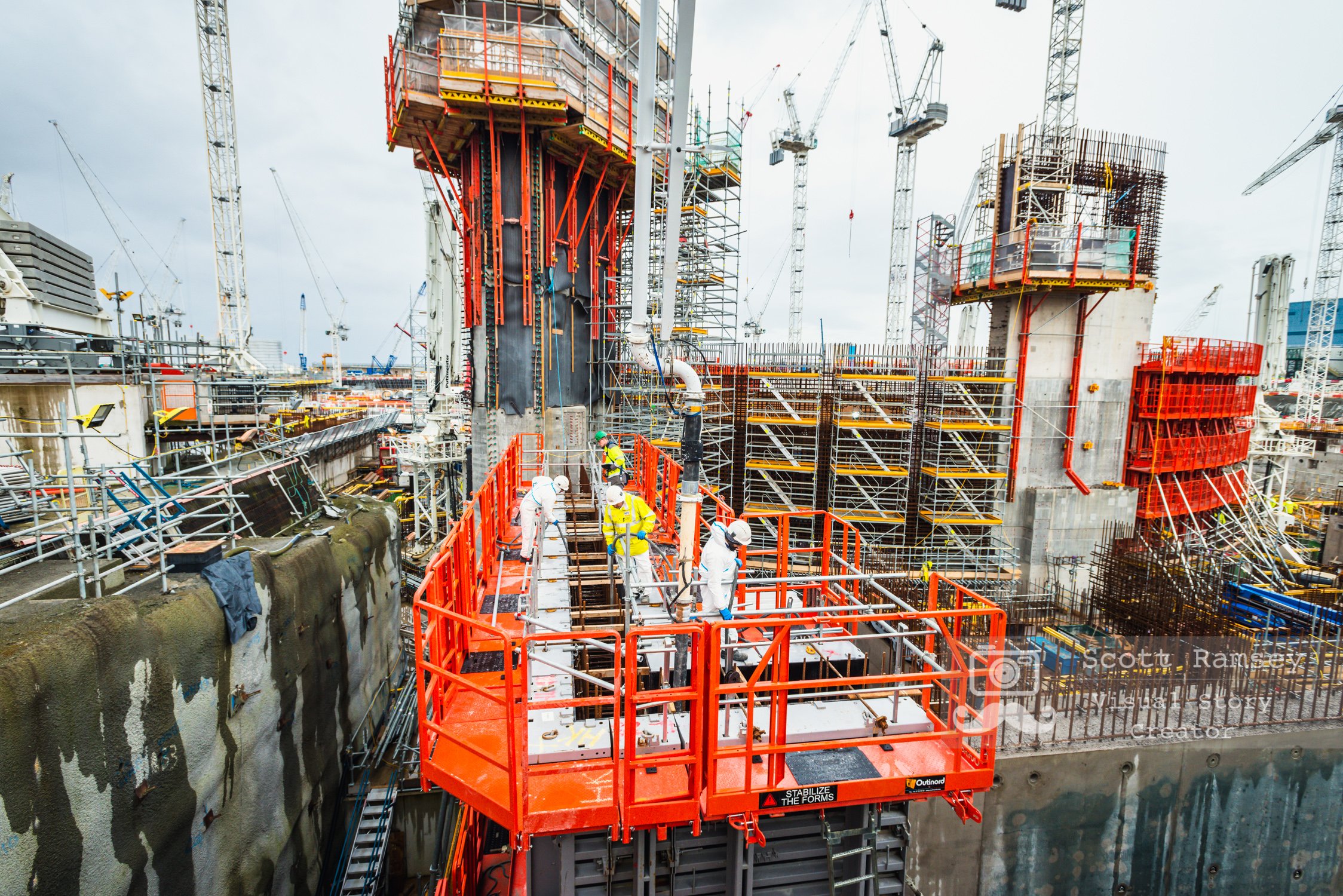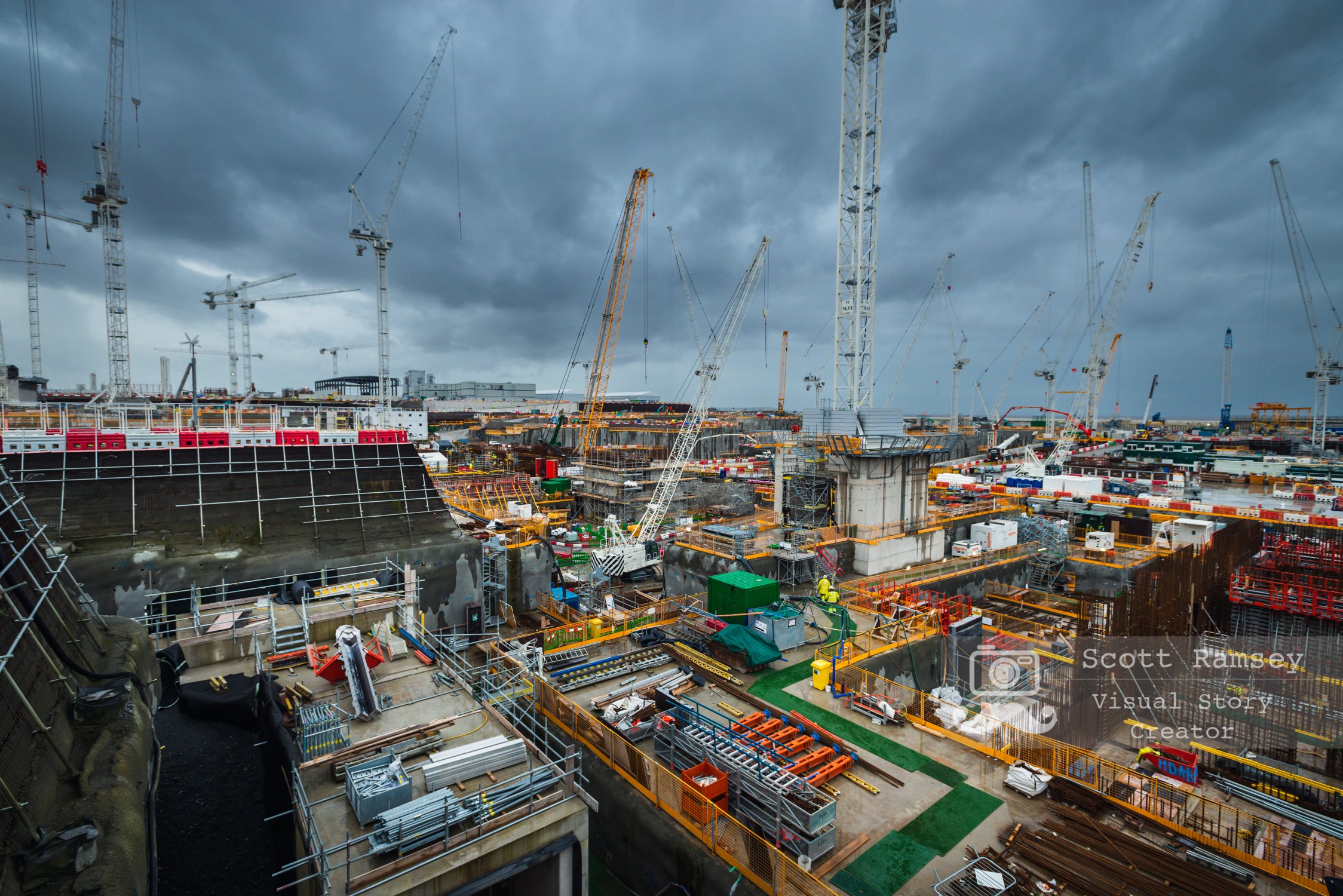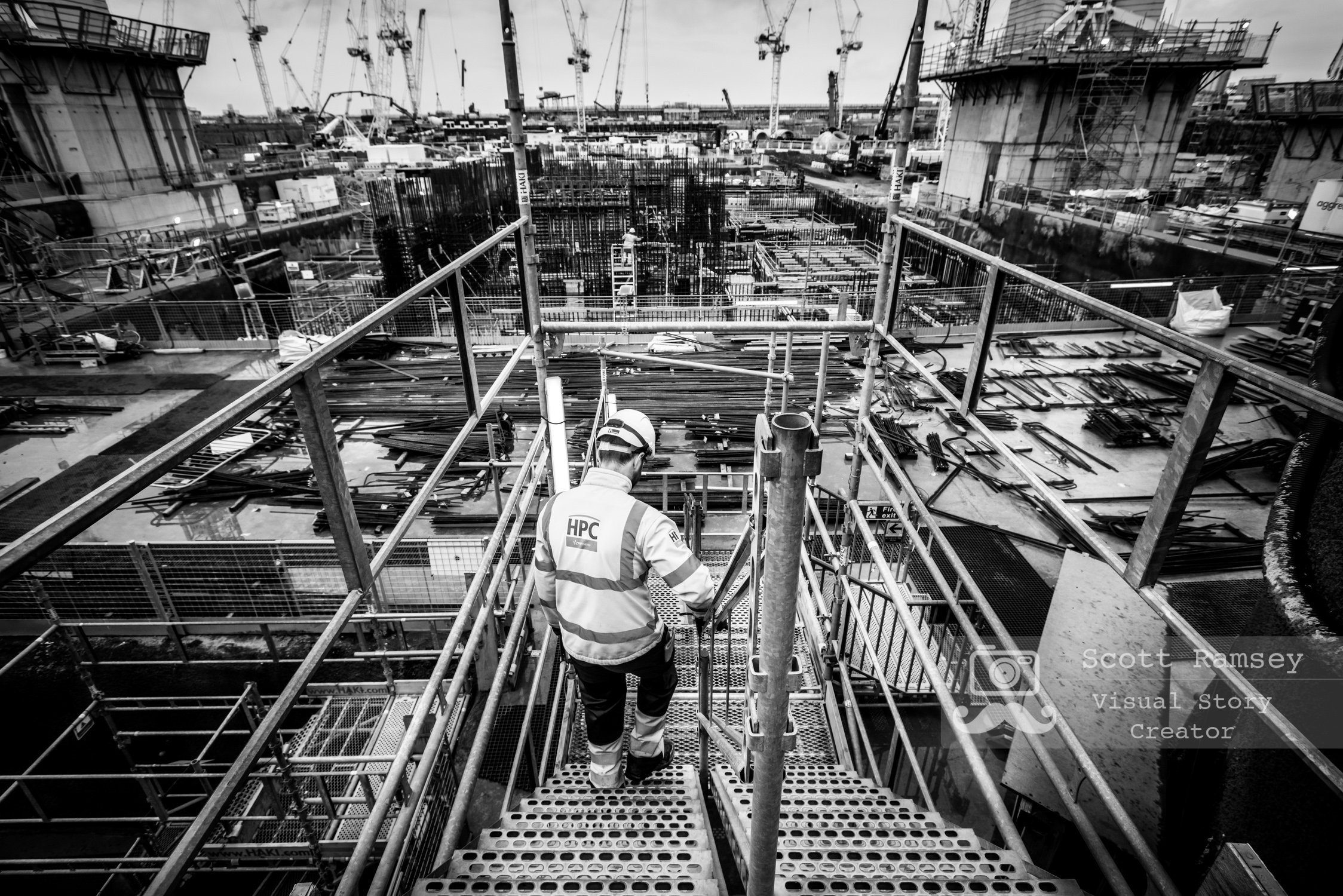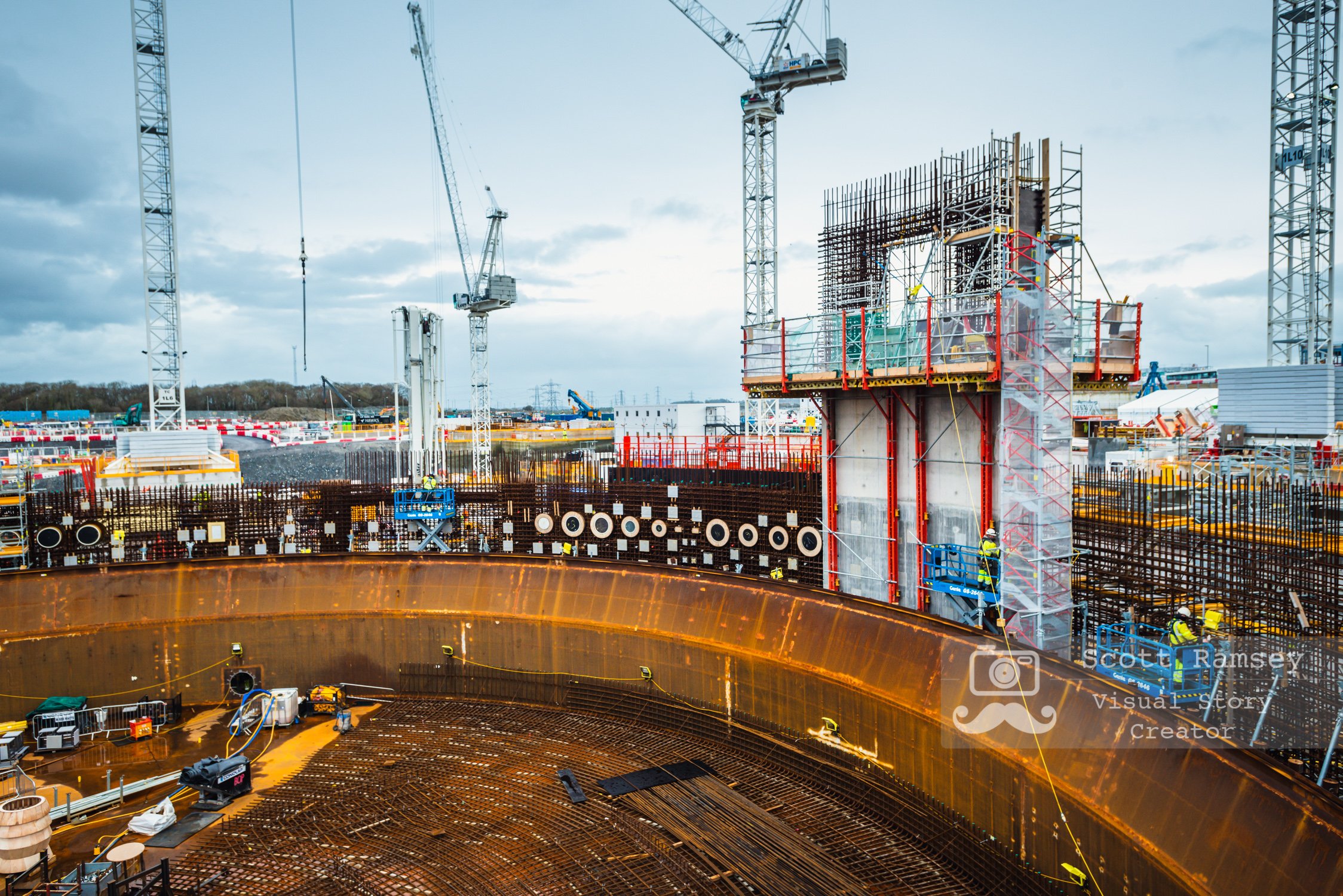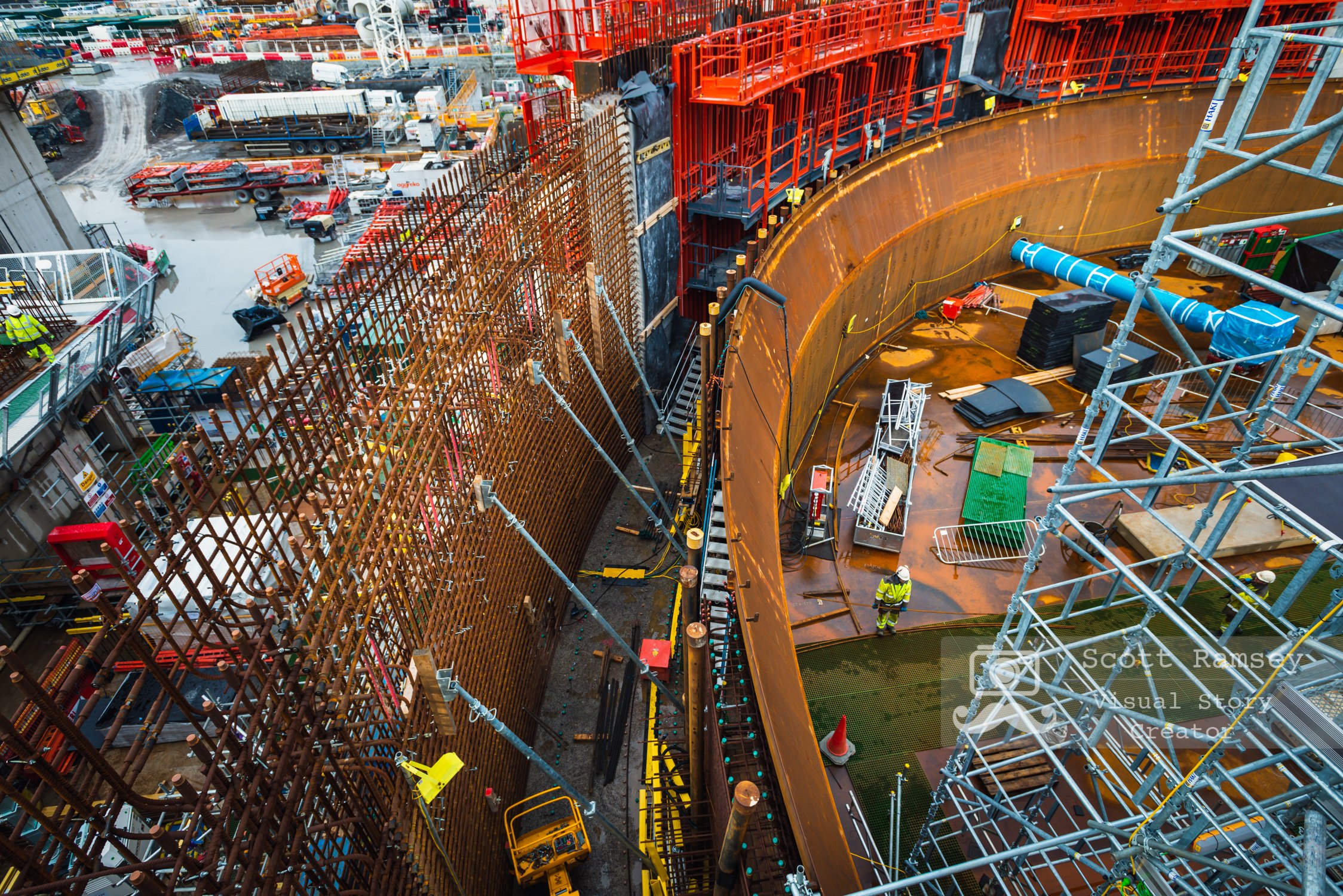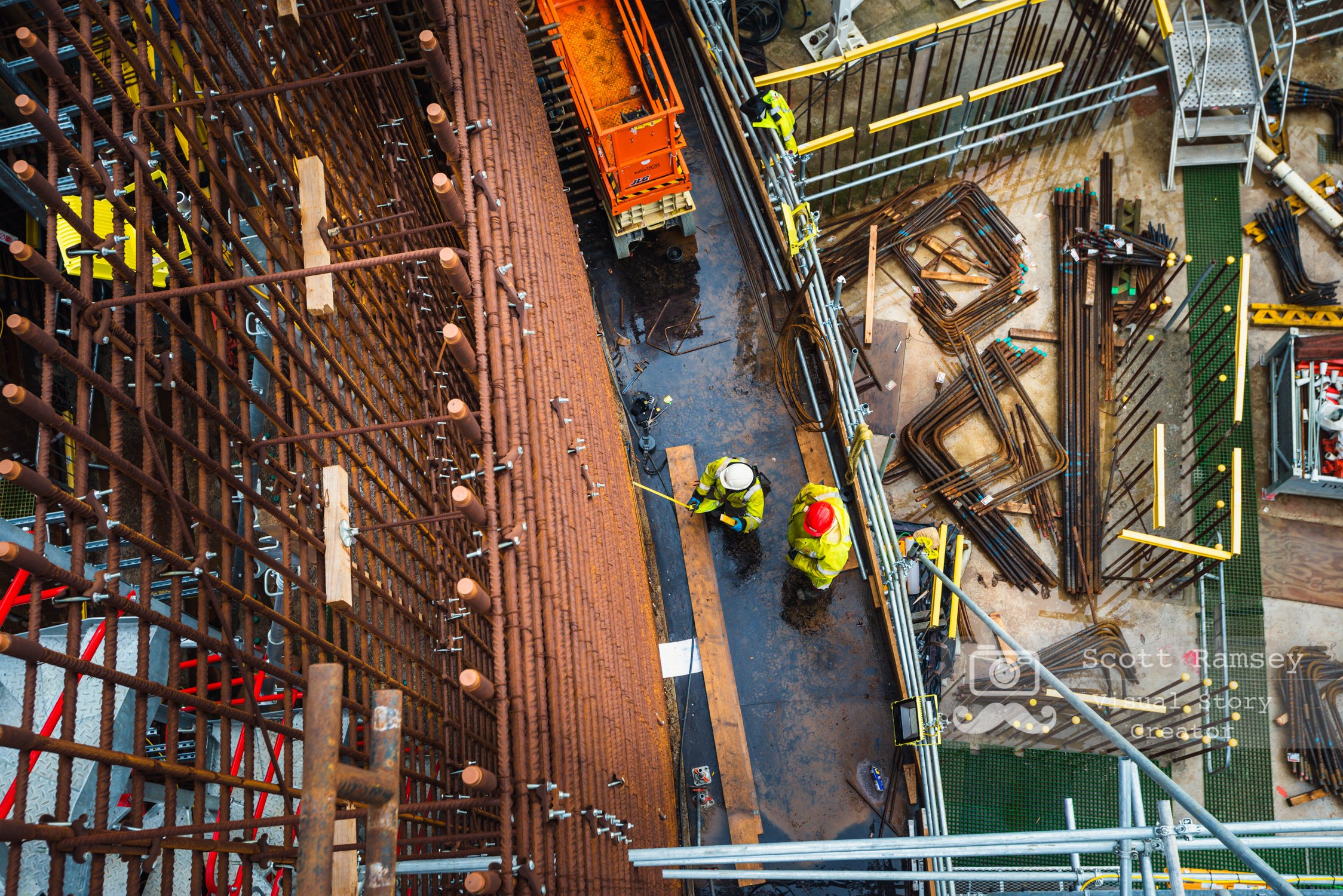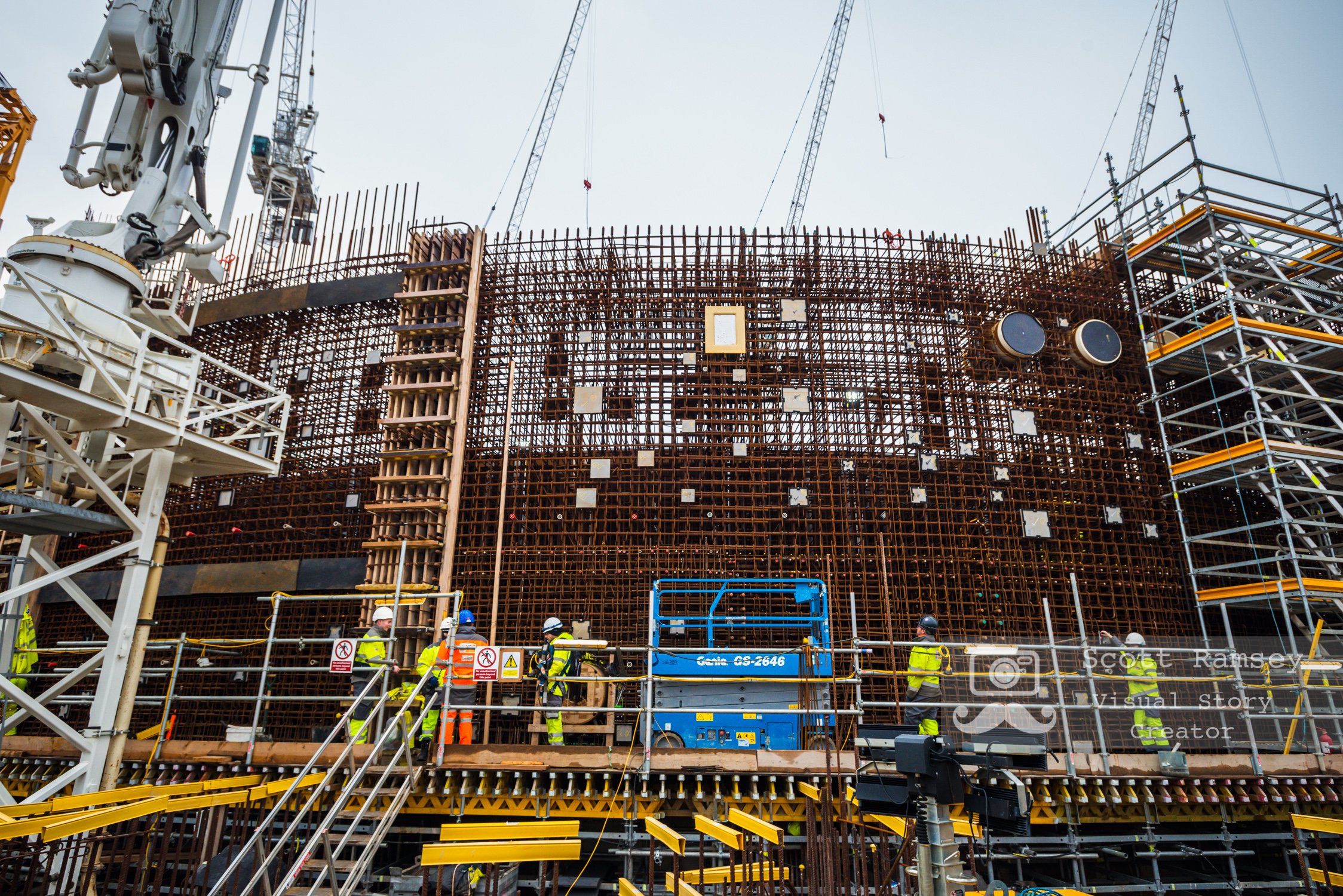The sky’s the limit as an Industrial Photographer
Several of my recent blogs have focused on the finer details of corporate photography. From the lighting of a headshot, to the backdrop of a team photo, it’s the micro-decisions that I take that usually dictate whether a commission delivers on every level.
There are, however, assignments that you undertake that demand an eye for the epic; ones where the sky itself is your illumination, the horizon your frame of reference, and the props hold the actors in place. Welcome to the world of industrial photography!
I’ve been fortunate to have worked as an industrial photographer on some fantastic engineering projects in the past, and what I usually find is that it’s your gut-instinct and your emotions that govern how you approach it. Invariably, you are seeing the location for the first time, and that initial impression is so important in determining how you set up your subsequent shots.
UK Industrial Photographer Scott Ramsey took this photograph of a civil engineer working at the Hinkley Point C Nuclear Power Station construction site in Bridgwater, Somerset, England. Photo © Scott Ramsey Photography
As an example, I was recently commissioned by a German business magazine to document the progress of the Hinckley Point C development in Somerset. It’s the first new power station to be built in the UK for more than 20 years, with two nuclear reactors set to provide low-carbon electricity for around six million homes. This will offset nine million tonnes of carbon dioxide per year – and 600 million tonnes over its 60-year lifespan. And the construction and operation of the facility is forecast to create 25,000 employment opportunities and up to 1,000 apprenticeships.
Those figures give you some idea of the size of Hinckley Point C, but perhaps not the scale. It is, quite frankly, difficult to comprehend until you’ve visited the site – and even then, you’ll take some convincing. Seeing is sometimes disbelieving!
My brief from the magazine was to capture and convey the epic nature of the project – a task not made any easier by the fact that it had been raining for several days, which made handling the equipment slightly tricky. And, like any construction site photographer, I needed plenty of equipment, particularly in the lens department, where a combination of wide-angle and telephoto lenses was the key to achieving the desired mix of panoramic and highly detailed pictures.
The first thing that I wanted to do on site – once I’d got my breathe back – was achieve some elevation. That’s a key aspect of construction photography. When you take a photo of something very tall from ground level, the camera has a tendency to flatten the image, causing it tail rather indistinctly into the distance. So, I spent a large proportion of the shoot clambering across the scaffolding and walkways so that I could alter the perspective. And by climbing so high, those strong lines created by the cranes and scaffolding were able to stretch in two directions, emphasising the verticality of the scene.
Set against this colossal landscape are the people, of course. Everywhere I looked, I could see tiny yellow flashes in stark contrast to the industrial greys of the site. At one stage, I found myself looking down into the maw of the cement-lined hole that will house one of the reactors. The engineers inside appeared no larger than ants. But it was important not to lose sight of the fact that without them, there is no Hinckley Point C; these people are the essence of the development, undertaking specialised, highly-skilled and often very hard work. This industrial photography commission would help to document their labours, and that’s why I kept my eyes open for opportunities to capture those action shot of people engaged in their work. In those moments, in those fragments, you’re telling a story on behalf of everyone engaged in the project.
And that’s it really. Industrial photography really does capture that tension between the colossal and the intimate; the panoramic and the personal. I hope you enjoy the pictures.

